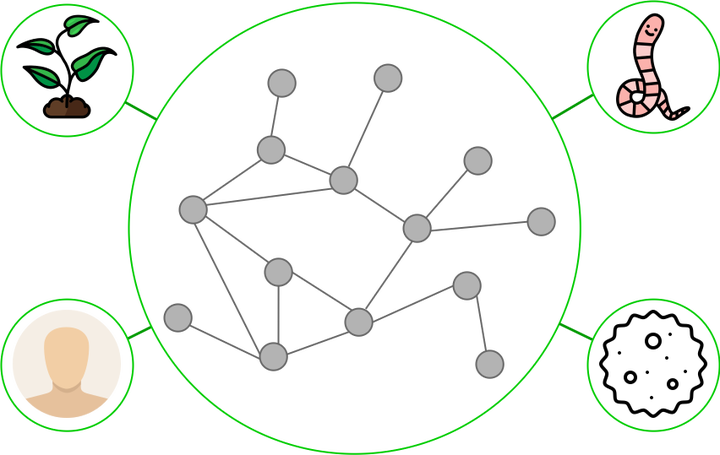Assessment of community efforts to advance computational prediction of protein-protein interactions
 Image credit: [Lorenzo Madeddu]
Image credit: [Lorenzo Madeddu]
Abstract
Comprehensive insights from the human protein-protein interaction (PPI) network, known as the human interactome, can provide important insights into the molecular mechanisms of complex biological processes and diseases. Despite the remarkable experimental efforts undertaken to date to determine the structure of the human interactome, many PPIs remain unmapped. Computational approaches, especially network-based methods, can facilitate the identification of new PPIs. Many such approaches have been proposed. However, a systematic evaluation of existing network-based methods in predicting PPIs is still lacking. Here, we report community efforts initiated by the International Network Medicine Consortium to benchmark the ability of 24 representative network-based methods to predict PPIs across five different interactomes, including a synthetic interactome generated by the duplication-mutation-complementation model, and the interactomes of four different organisms: A. thaliana, C. elegans, S. cerevisiae, and H. sapiens. We selected the top-seven methods through a computational validation on the human interactome. We next experimentally validated their top-500 predicted PPIs (in total 3,276 predicted PPIs) using the yeast two-hybrid assay, finding 1,177 new human PPIs (involving 633 proteins). Our results indicate that task-tailored similarity-based methods, which leverage the underlying network characteristics of PPIs, show superior performance over other general link prediction methods. Through experimental validation, we confirmed that the top-ranking methods show promising performance externally. For example, from the top 500 PPIs predicted by an advanced similarity- base method [MPS(B&T)], 430 were successfully tested by Y2H with 376 testing positive, yielding a precision of 87.4%. These results establish advanced similarity-based methods as powerful tools for the prediction of human PPIs.